Ban Chiang pottery refers to a unique form of pottery discovered in the archaeological site of Ban Chiang, located in the Udon Thani Province of Northeast Thailand. This site is significant for its demonstration of early human settlement and technological progress in Southeast Asia.
I believe Ban Chiang pottery, with its distinct style and historical significance, remains an important symbol of the cultural and technological achievements of ancient Southeast Asia.
| Title | Pottery Style | Origin | Characteristic Features | Historical Firing Temperature | Modern Firing Temperature |
|---|---|---|---|---|---|
| Ban Chiang Pottery | Painted earthenware | Thailand (3500 BC – 1500 BC) | Geometric and curvilinear designs in red, black, and white, incised lines, use of stamps and stencils, symbolic motifs | 900°C – 1000°C | 1000°C – 1100°C |
Historical Significance
Ban Chiang is one of the most important prehistoric settlements discovered in Southeast Asia. It was designated a UNESCO World Heritage Site in 1992. The pottery found here provides evidence of a sophisticated Bronze Age culture dating back to 2100 BC, although the site itself is believed to have been inhabited as early as 3600 BC.
Artistic Characteristics
Ban Chiang pottery is renowned for its distinctive designs and craftsmanship. These ceramics are often decorated with intricate, swirling red-on-buff patterns, although earlier phases also show black-on-buff designs. The patterns are usually geometric and sometimes depict animals and humans.
Cultural Insights
The pottery of Ban Chiang gives insights into the societal and cultural aspects of the community. The range of shapes and sizes, including pots, vases, and jars, suggest various utilitarian and ceremonial uses.
Technological Importance
The craftsmanship of Ban Chiang pottery indicates a high level of skill and an understanding of firing techniques that were advanced for their time. The production of these ceramics demonstrates early knowledge of temperature control in kiln firing.
Discovery and Excavation
The site gained international attention in the 1960s when a student found colored pottery shards in the area. Subsequent excavations revealed a wealth of artifacts, including bronze tools and jewelry, which provided a new understanding of Southeast Asian prehistory.
Conservation and Study
Many Ban Chiang artifacts are displayed in museums in Thailand and around the world. The site and its findings continue to be subjects of archaeological study, contributing valuable information about early human technological and social development in this region.
The Ban Chiang Pottery Collection
https://mnch.uoregon.edu/collections-galleries/ban-chiang
Ban Chiang, a prehistoric archaeological site
https://www.khanacademy.org/humanities/art-asia/southeast-asia/thailand/a/ban-chiang-a-prehistoric-archaeological-site
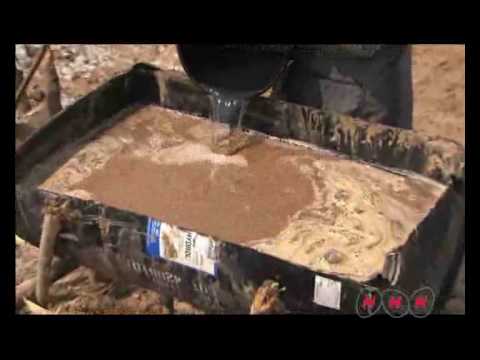
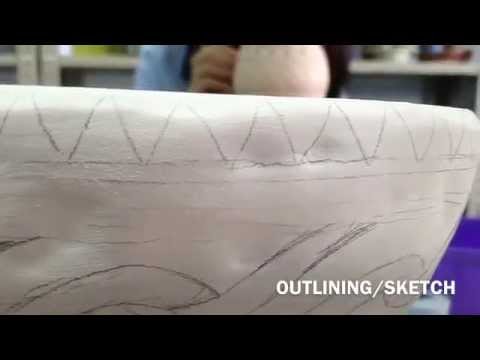
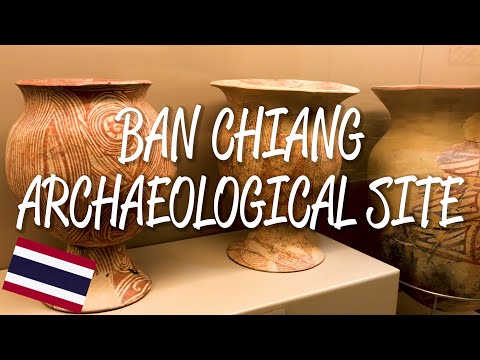

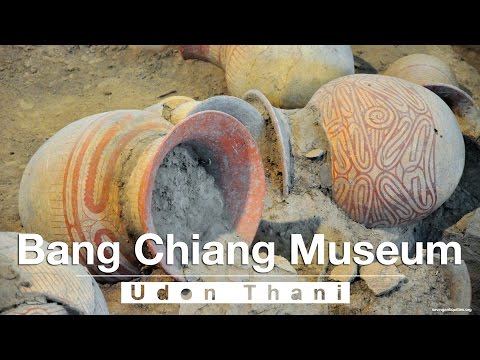



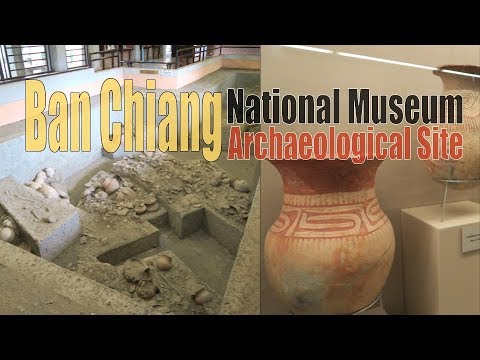

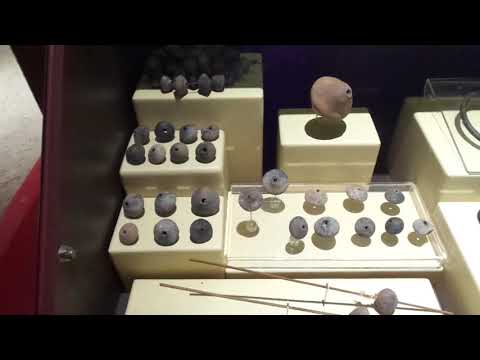
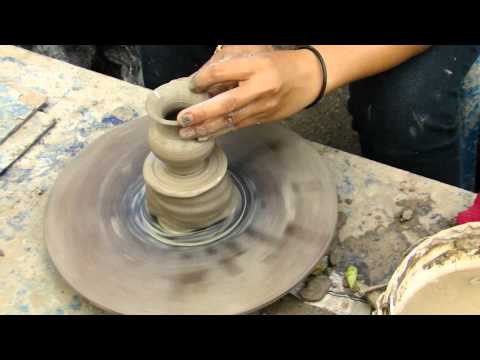
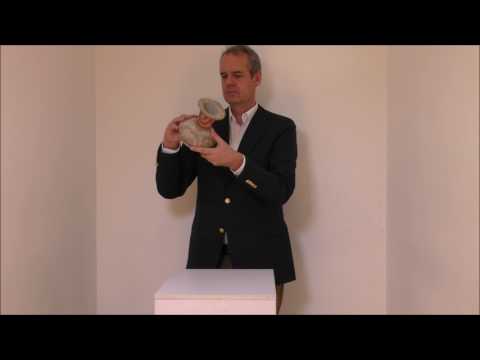


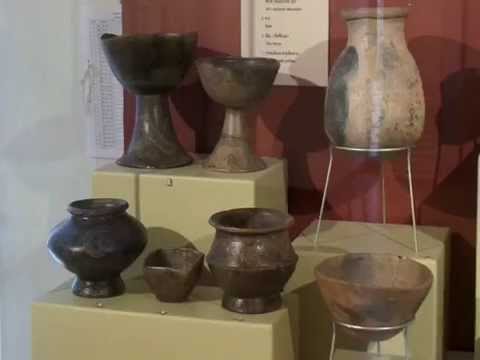
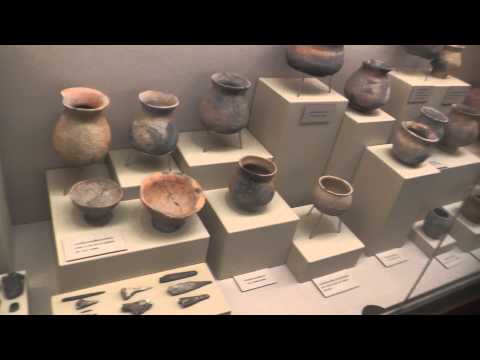

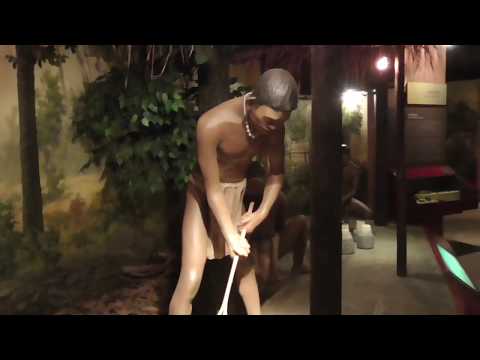
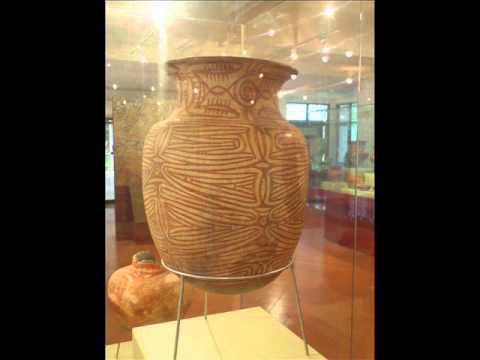
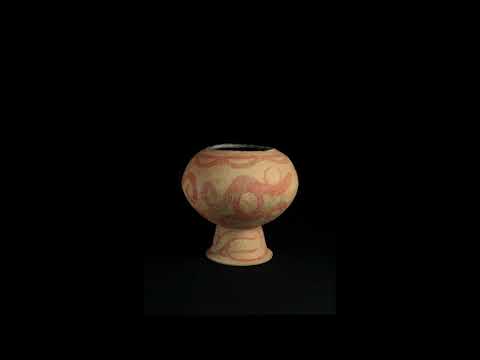
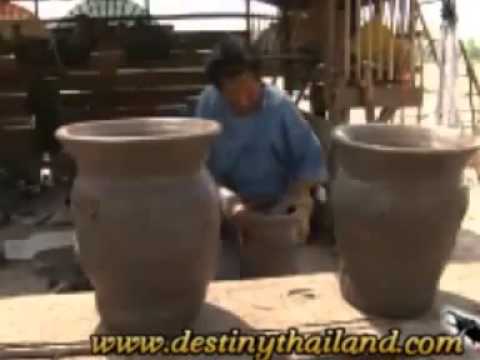
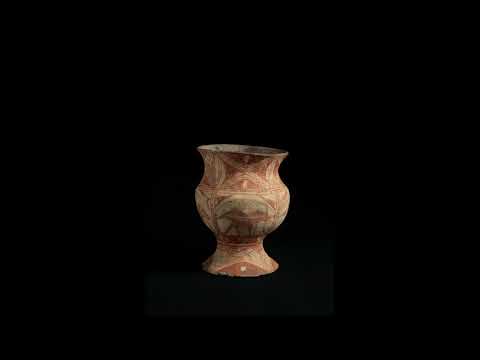
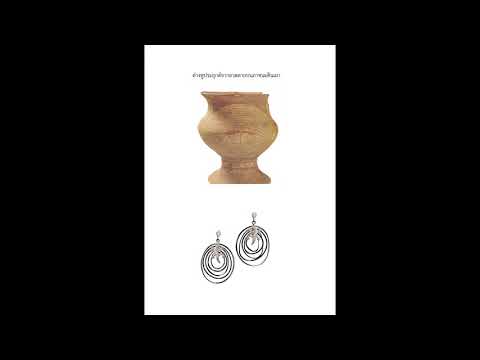
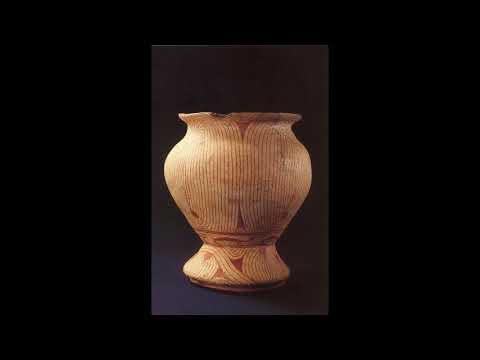

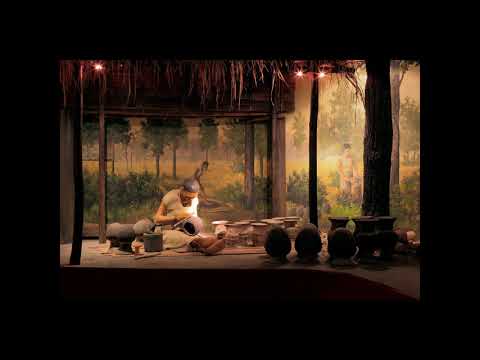
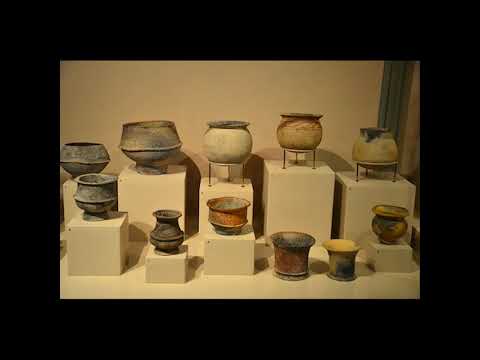







Very interesting post on Ban Chiang pottery, I enjoyed watching the first video, Thanks